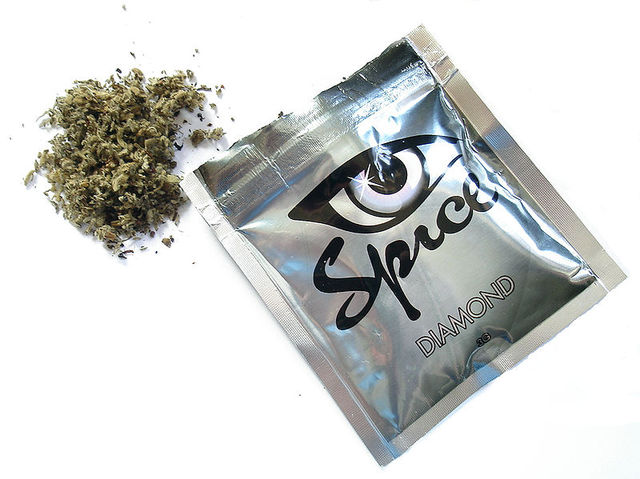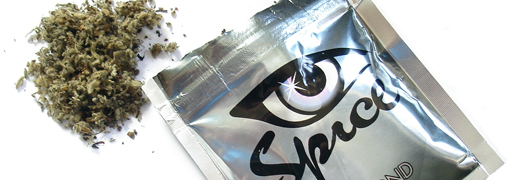The Spice Mustn’t Flow: Law Enforcement Cracks Down On Synthetic Weed
Law Enforcement Cracks Down On Synthetic Weed


Latest Article|September 3, 2020|Free
::Making Grown Men Cry Since 1992



